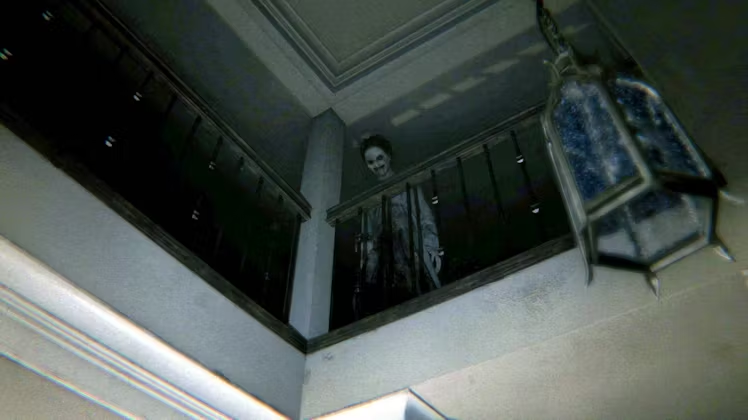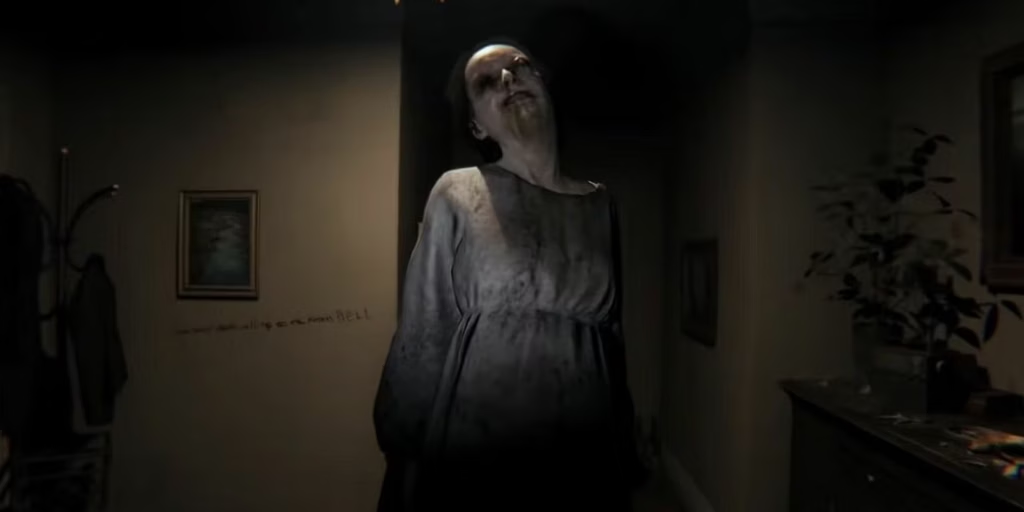
P.T., short for Playable Teaser, is a psychological horror experience developed by Kojima Productions under the name “7780s Studio” and published by Konami, released on August 12, 2014, exclusively for PlayStation 4 as a free download. Players wake up in a dark hallway in a haunted house and must explore looping corridors, solving puzzles and experiencing supernatural events, all while being stalked by the ghostly figure “Lisa.” The goal is to survive, uncover a phone that calls the player and says, “You’ve been chosen,” which then unlocks the final puzzle and reveals a teaser for the upcoming Silent Hills project. The experience is crafted to unsettle, to produce dread rather than jump scares, and to blur the lines between game, demo, and art piece.
P.T. was intended as a teaser for Silent Hills, a collaboration between Hideo Kojima, Guillermo del Toro, and actor Norman Reedus. Though Silent Hills was ultimately cancelled in 2015, P.T. remains a landmark in horror gaming for its design and impact. P.T. was removed from the PlayStation Store on April 29, 2015, and cannot be officially downloaded anymore even by those who missed it while it was available. Its removal made it both rarer and more mythic among gamers and horror fans.










Gameplay
There is no combat in P.T. The experience relies on exploration, puzzle solving, atmosphere, and the feeling of vulnerability. Players walk through a haunted home, interacting with objects, listening to audio cues, zooming in with the camera, and solving cryptic puzzles. The level loops and changes subtly each time, and even slight actions or looking in certain directions trigger scripted events. Lisa may appear at random and cause a jump scare, returning the player to the start of the loop, but leaving no permanent progress undone. It’s simple mechanics but everything is focused on immersion and dread.
Visuals & Style
P.T. uses the Fox Engine to create highly realistic lighting, textures, and audio effects. The environments are detailed and oppressive—damp walls, flickering lights, ominous shadows—and every corridor, every door, every whisper adds to the tension. The art direction leans toward hyperrealism mixed with surreal distortion in supernatural moments. Sound is vital—creaks, distant sounds, static, footsteps—all designed to amplify fear. The teaser’s slow pacing, ambient design, and minimal UI reinforce the sense that nothing is safe.
Importance in Survival Horror History
P.T. is highly important historically because it demonstrated how minimal interactivity combined with strong atmosphere could deliver horror at a level many full games fail to reach. It inspired many later horror games (including Resident Evil VII) to return to focusing on dread, immersion, and psychological fear rather than action. Its influence is felt in how horror games structure tension and build unease. Even though Silent Hills never released, P.T. itself became a reference point for what horror can do in game form.
Reception vs Historical Value
Critics and players widely praised P.T. when it released. It was lauded for its atmosphere, its mystery, its pacing, and its design. Some found it frustrating due to its opaque puzzles and ambiguous clues, but most saw those aspects as part of the design. After removal from the PlayStation Store it gained even more attention and legend status. Over time, enthusiasts have re-evaluated it not just as a demo but as a work of art in horror game design.
Availability & Collectibility

P.T. is permanently removed from the PlayStation Store as of April 29, 2015, so new players cannot legally download it today. Those who downloaded it before removal may still have it installed and in their download history, though even reinstalling can be complicated. Because of its rarity, physical or digital media with P.T. installed have become collectors’ items. Fans have recreated versions and optical copies, but none are official. Owning a PlayStation 4 with P.T. still installed is now a sort of rare trophy among horror game collectors.
Gameplay:
